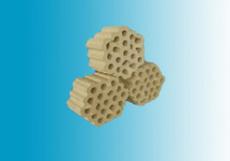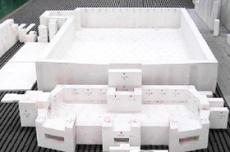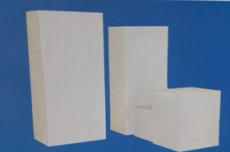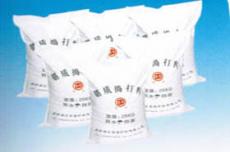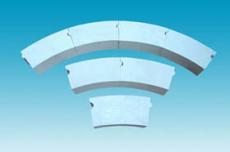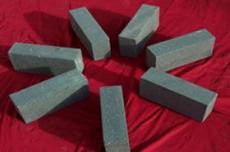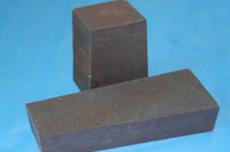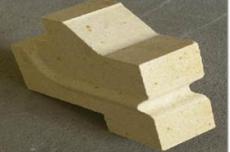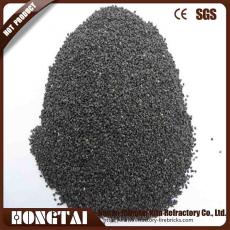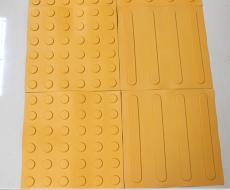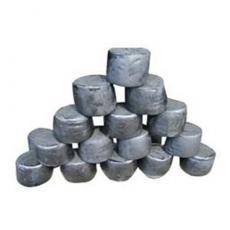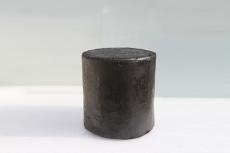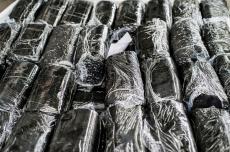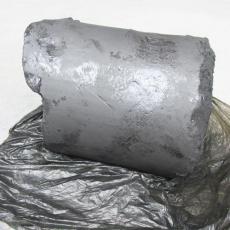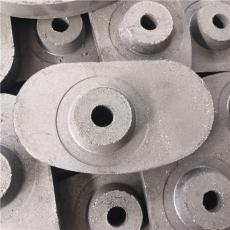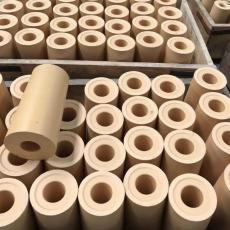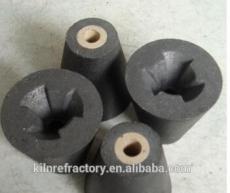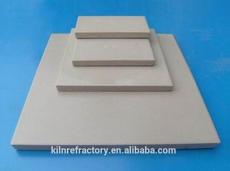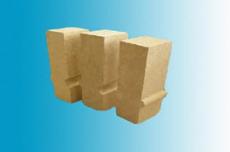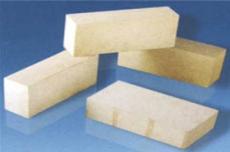
The electric arc furnace is a device that uses the arc between the electrode end and the charge as heat energy to make steel. The development of electric arc furnace technology is based on the development of DC electric arc furnace, furnace bottom gas supply and stirring and furnace bottom tapping on the basis of high power. The electric arc furnace consists of a furnace top, furnace wall, furnace bottom and tapping trough.
01 Refractory materials for electric arc furnace top
The top of the electric arc furnace is generally built with high-alumina bricks, with an alumina content of 75%-85%. Compared with silica bricks, high-alumina bricks are characterized by high refractoriness, good thermal shock resistance and high compressive strength. Due to the rich domestic bauxite resources, high-alumina bricks have become the main refractory material for the top of the electric arc furnace, and their service life is about 2-3 times that of the silica brick top. With the development of large-scale ultra-high power electric furnaces, the service life of high-alumina bricks is also declining, leading to the further use of alkaline bricks such as fired or unfired magnesia bricks and magnesia-chrome bricks. It is also possible to use the merchant's cast refractory prefabricated parts for hoisting. Compared with the ordinary masonry furnace roof, it has the advantages of convenient construction, good integrity, strong resistance to arc radiation, and resistance to rapid cooling and heating.
02 Refractory materials for furnace walls
The furnace wall is divided into general furnace wall, slag line area and hot spot near the arc. The general furnace wall is mainly built with magnesia bricks, dolomite bricks and periclase bricks. There are also unburned magnesia alkaline bricks and asphalt combined with magnesia and dolomite ramming materials. The furnace wall of the ultra-high power or special steel smelting electric arc furnace is built with magnesia chrome bricks and high-quality magnesia bricks. The slag line area and hot spots are the weak links of the furnace wall. Since the life of the furnace wall mainly depends on the degree of damage to the hot spot, the furnace lining of this part should be paid special attention. In the early days, magnesia chrome bricks were mostly used for masonry, and the life span reached 100-250 furnaces. Now magnesia carbon bricks are widely used for masonry, which can show excellent high temperature resistance and slag resistance. The life span is significantly improved, reaching more than 300 furnaces. In order to make the damage of the furnace wall tend to be balanced and extend the service life, the furnace wall also adopts the measures of inlaying water-cooling boxes or water-cooling jackets, and a layer of refractory coating is sprayed on the inner surface to form a protective layer of slag, which can effectively reduce the unit consumption of refractory materials, but the corresponding energy consumption has increased.
03 Refractory materials for furnace bottom
The furnace bottom and the embankment constitute the melting pool, which is the part where the furnace charge and molten steel gather. When the furnace bottom lining reacts with slag and iron oxide to form a metamorphic layer, it can also become loose during the reduction due to the reduction of some components in it, and often floats due to the intrusion of molten steel. Therefore, the masonry or knotted lining of this part should have the advantages of uniform overall performance, tight masonry, good high temperature performance, high strength, erosion resistance, scouring resistance, good thermal shock resistance, and stable volume. The knotted lining should be made of good magnesia sand or fused magnesia sand. During construction, attention should be paid to the jointing and interlocking of each layer. The thickness and density of each layer should be consistent. There are working layers and permanent linings under the ramming layer. The working layer is built with tar asphalt combined with magnesia bricks, and the permanent lining is mostly built with magnesia bricks. In the slag line area on the upper part of the embankment, due to the serious erosion of slag, lining bricks that are the same or similar to the hot spots of the furnace wall are mostly used, such as fused cast magnesia chrome bricks or combined with magnesia chrome bricks. It is better to use magnesia carbon bricks.
04 Refractory materials for steel tapping port
The current method of tapping steel with eccentric steel tapping port at the bottom of the furnace changes the furnace body from tilting type to fixed type, and sets the steel tapping port at the eccentric position of the furnace bottom instead of the steel tapping trough. Its advantages are: eliminating tilting equipment, expanding the area of water-cooled wall, alleviating damage to the furnace lining, appropriately reducing the steel tapping temperature and shortening the steel tapping time, thereby reducing costs. The eccentric tapping brick is asphalt impregnated fired magnesia brick, the tube brick is magnesia carbon brick with a resin-bound carbon content of 15%, the end brick is magnesia carbon brick with a resin-bound carbon content of 10%-15%, and the resin-bound carbon content is 15% ALO-C-SiC brick. In order to make the steel tapping smooth, coarse sand with olivine as the matrix is often used as the drainage material.
